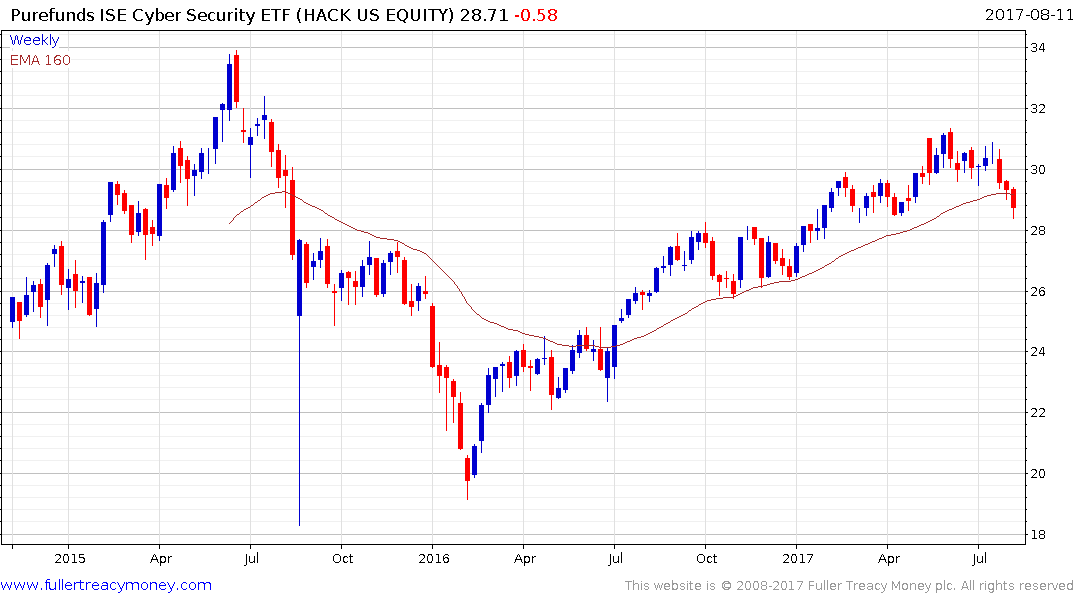Biohackers Encoded Malware In A Strand of DNA
This article by Andy Greenberg for Wired.com may be of interest to subscribers. Here is a section:
When biologists synthesize DNA, they take pains not to create or spread a dangerous stretch of genetic code that could be used to create a toxin or, worse, an infectious disease. But one group of biohackers has demonstrated how DNA can carry a less expected threat—one designed to infect not humans nor animals but computers.
In new research they plan to present at the USENIX Security conference on Thursday, a group of researchers from the University of Washington has shown for the first time that it’s possible to encode malicious software into physical strands of DNA, so that when a gene sequencer analyzes it the resulting data becomes a program that corrupts gene-sequencing software and takes control of the underlying computer. While that attack is far from practical for any real spy or criminal, it's one the researchers argue could become more likely over time, as DNA sequencing becomes more commonplace, powerful, and performed by third-party services on sensitive computer systems. And, perhaps more to the point for the cybersecurity community, it also represents an impressive, sci-fi feat of sheer hacker ingenuity.
“We know that if an adversary has control over the data a computer is processing, it can potentially take over that computer,” says Tadayoshi Kohno, the University of Washington computer science professor who led the project, comparing the technique to traditional hacker attacks that package malicious code in web pages or an email attachment. “That means when you’re looking at the security of computational biology systems, you’re not only thinking about the network connectivity and the USB drive and the user at the keyboard but also the information stored in the DNA they’re sequencing. It’s about considering a different class of threat.
Digital code is compiled of 1s and 0s but genetic code is made up of A, C, G and Ts so the scale of complexity in DNA is many multiples of basic computer code. Therefore, it represents an attractive vector for both coding and data storage for future development and in miniature size.
However, it is also worth considering that anything which can be coded can be hacked. Developing effective protocols which ensure information can be corroborated, possibly through blockchain is a potential additional use for cryptocurrencies.

In the meantime, the Cyber Security ETF has pulled back to the region of the trend mean and will need to find support in this area if medium-term uptrend consistency is to be sustained.


